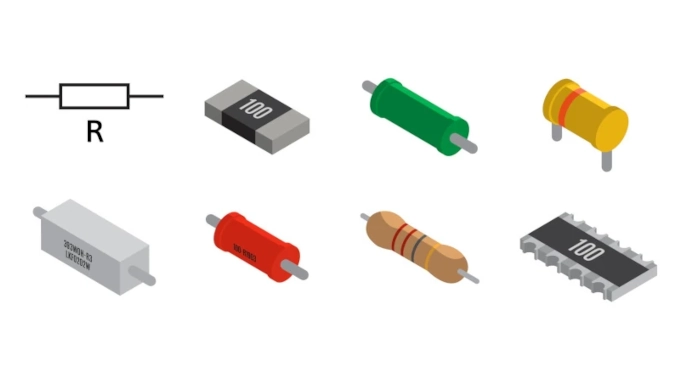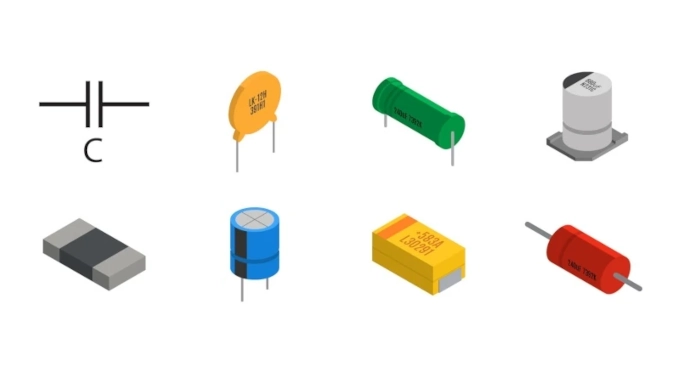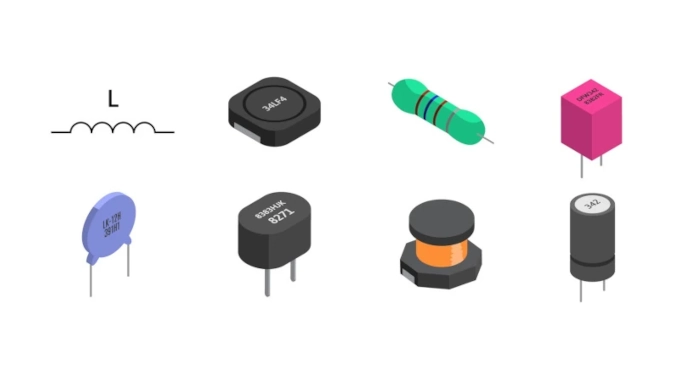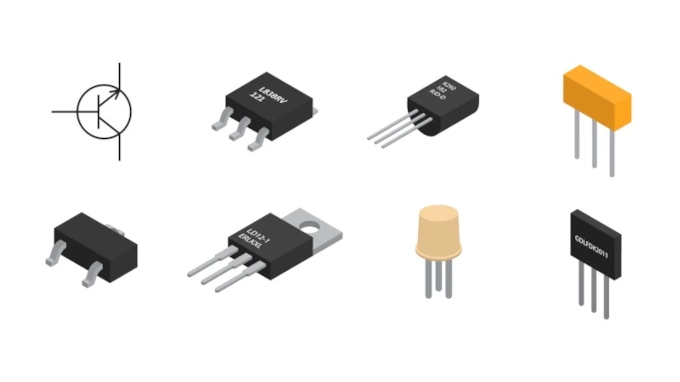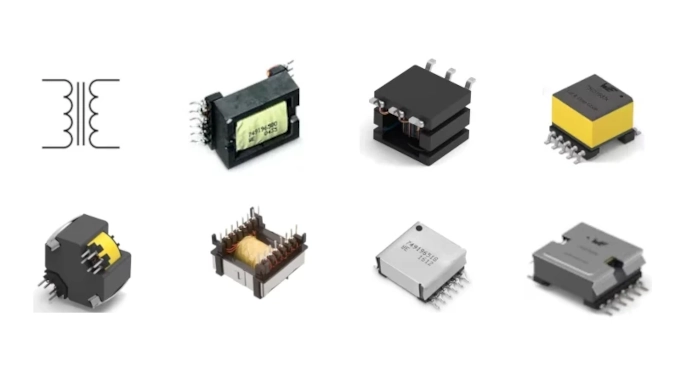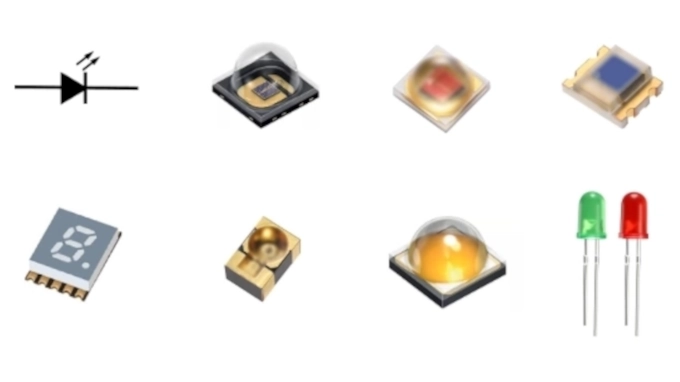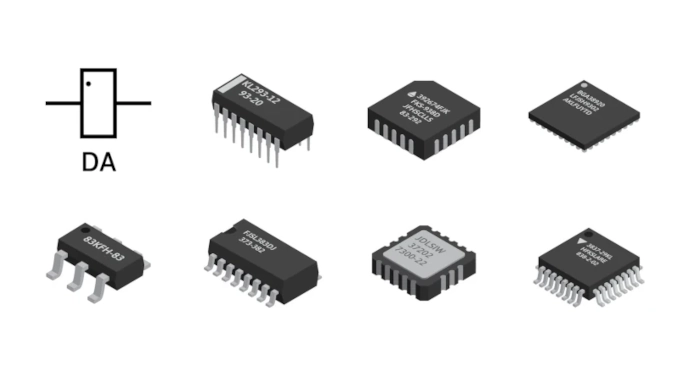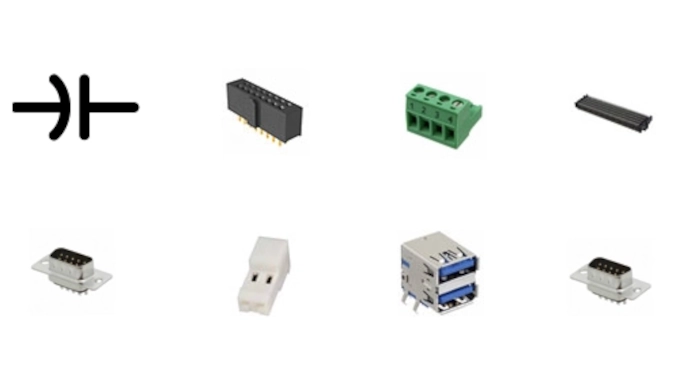Home > Parts Procurement > Connectors
A connector is a small device designed to join two or more electrical circuits, letting signals or power flow safely between parts of a system. It creates secure links between wires, cables, or components for smooth transfer of electricity or data. Connectors are useful because they let you easily connect or disconnect parts without cutting or soldering wires, saving time and preventing damage. Used in electronics, vehicles, and machinery, connectors provide a reliable way to manage electrical connections.


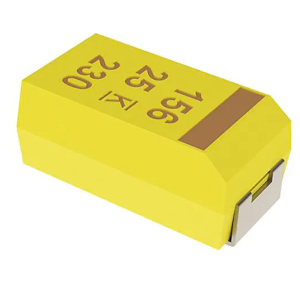



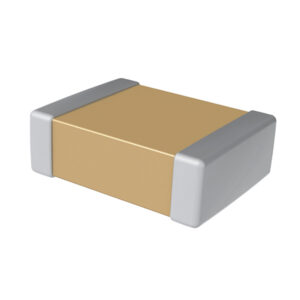
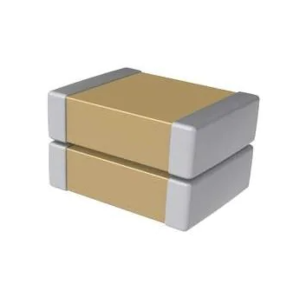
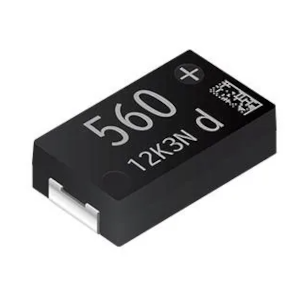
Silicon RF Capacitors Thin Film are miniaturized electronic components that employ silicon technology to offer high-frequency performance in radio frequency (RF) applications.

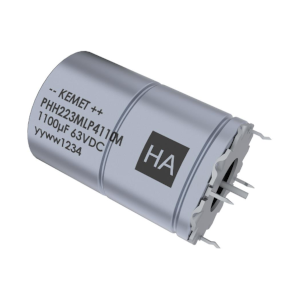






























XPC, FR-1, FR-2 are flame-retardant phenolic materials that are also highly punchable, they have excellent electrical, heat-resistant, moisture-resistant, flame-resistant and other properties as well as low cost. FR-3 is epoxy Copper Clad Laminate, it is flame retardant with high electrical properties.
CEM-1, which is a composite of paper and glass impregnated with epoxy resin, is the most popular substrate for SSBs. While not as low cost as XPC-FR or FR-2, CEM-1 has gained popularity because of its mechanical strength and also because of the relative unavailability of paper phenolic laminates.
CEM-3 is similar to FR4, but uses a composite material of a non-woven glass core and a woven glass surface instead of a full sheet of woven glass. It’s a flame retardant epoxy resin, copper-clad glass material, commonly used in double-sided PCBs.
“FR” is the abbreviation of flame retardant. As the board runs on electricity, it should be heat resistant. FR4 has much better heat resistance than FR1 and XPC due to the different composition of the layers.
